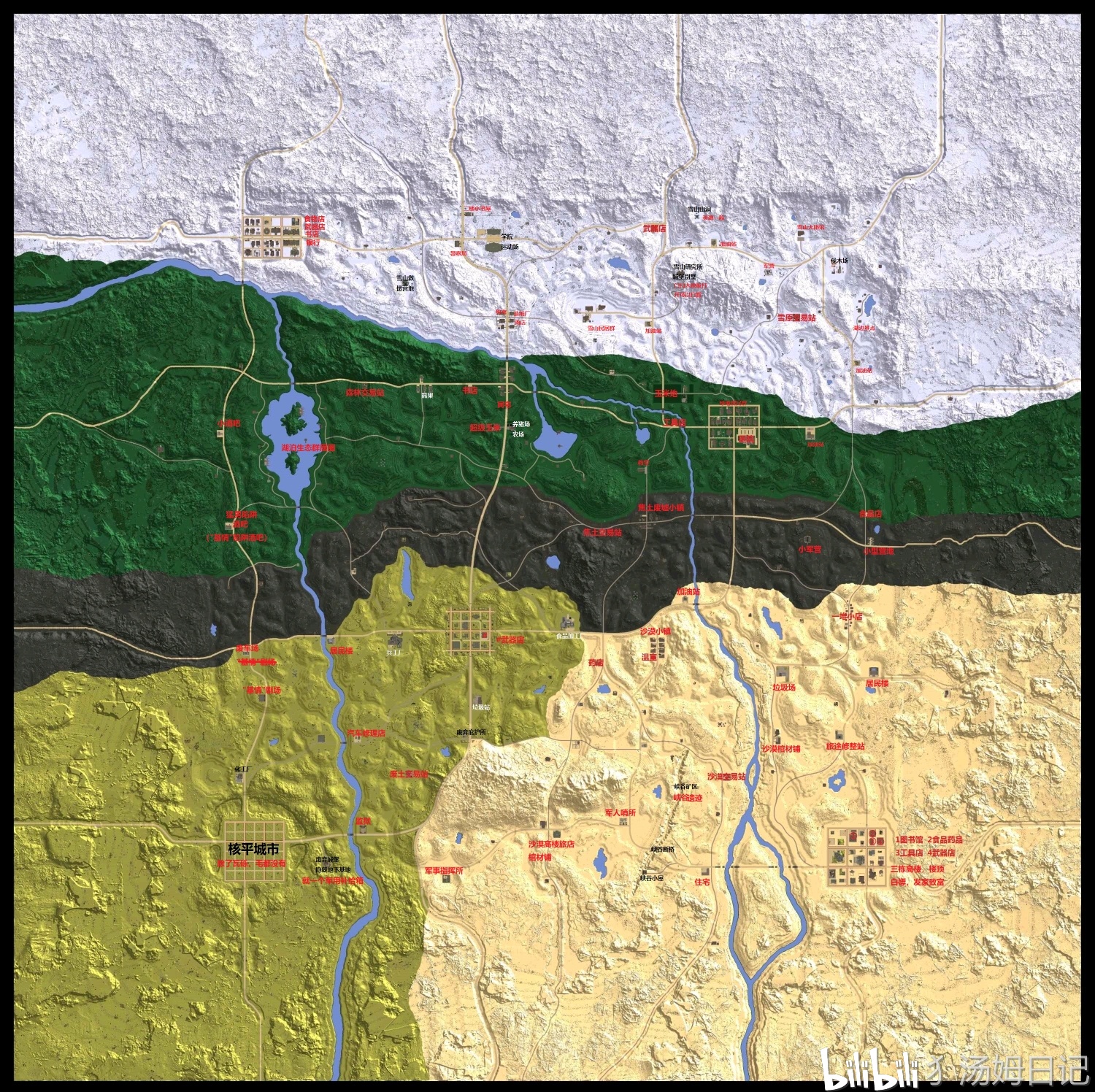
The development of the Arabidopsis testa is initiated in the ovule after the central and egg cells form the endosperm and the zygote, respectively, upon double fertilization.

Bars = 10 µm (middle row) and 500 nm (bottom row). c, cuticle e, endosperm ii1, inner integument 1 cell ii1′, inner integument 1′ cell ii2, inner integument 2 cell oi1, outer integument 1 cell oi2, outer integument 2 cell pcw, primary cell wall. Cyan dotted lines (middle row) indicate the outer walls of ii1 cells arrows and brackets indicate the cuticle. S1), and the dashed rectangles indicate the region where the microscopy observations were performed. The top row represents the anatomy of seeds at each stage (for details, see Supplemental Fig. B to F, Sudan Red stainings (middle row) and TEM micrographs (bottom row) of the cuticle in wild-type (Columbia-0 ) seeds at the indicated developmental stages. The drawings are not to scale in order to better visualize the localization of the cuticle with respect to its neighboring elements. A, Localization of the endosperm-associated cuticle as described previously ( De Giorgi et al., 2015) in mature seeds and TEM micrograph of the cuticle in a mature seed. Together, these results show that the formation of a maternal cuticle is an intrinsic part of the normal integumental differentiation program leading to testa formation and is essential for the seed’s physiological properties.ĭevelopment of the endosperm cuticle. Genetic analysis indicates that a functional proanthocyanidin synthesis pathway is required to limit cuticle permeability, and our results suggest that proanthocyanidins could be intrinsic components of the cuticle. We show that the cuticles of developing tt mutant integuments have profound structural defects, which are associated with enhanced cuticle permeability. However, the biochemical basis of this high permeability is not fully understood. tt mutants have abnormally high seed coat permeability, resulting in lower seed viability and dormancy. TT gene products encode proteins involved in flavonoid metabolism and regulators of seed coat development. Arabidopsis transparent testa ( tt) mutations cause maternally derived seed coat pigmentation defects. We show here that it is produced by the maternal inner integument 1 layer and, remarkably, transferred to the developing endosperm.

We recently described a thick cuticle tightly embedded in the mature seed’s endosperm cell wall. In Arabidopsis ( Arabidopsis thaliana), the seed coat, also called the testa, arises after the differentiation of maternal ovular integuments during seed development. Seed viability is heavily dependent on the seed coat’s capacity to shield living tissues from mechanical and oxidative stress. Mature dry seeds are highly resilient plant structures where the encapsulated embryo is kept protected and dormant to facilitate its ultimate dispersion.


 0 kommentar(er)
0 kommentar(er)
